On May 1, 2025, SiFly, a Santa Clara-based startup, unveiled its Q12 drone, a game-changer poised to rival DJI’s dominance in the commercial drone market. With a 90-mile range and three-hour flight time, the Q12 promises to redefine long-range missions for drone professionals and public safety teams, offering a U.S.-made, NDAA-compliant alternative amid growing concerns over Chinese drones. SiFly’s official announcement highlights its potential to transform industries from agriculture to emergency response.

Unmatched Flight Performance
The Q12 boasts specs that leave competitors in the dust. It can hover for two hours or fly forward for three, covering 90 miles while carrying a 10-pound payload—perfect for Beyond Visual Line-of-Sight (BVLOS) tasks like power line inspections or crop monitoring. Unlike DJI’s Mavic 3 Enterprise, limited to 45-minute flights and 9-mile ranges, the Q12’s electric propulsion and optimized design deliver four times the endurance and ten times the range. Its 5G connectivity ensures real-time data streaming, tested successfully at Amaral Ranches in California, where it provided live agricultural insights.
- Flight Time: Up to 3 hours forward, 2 hours hovering
- Range: 90 miles
- Payload: 10 pounds
- Noise: 10x quieter than comparable drones
- Compliance: NDAA-compliant for government use
A Lifeline for Public Safety
For drone pilots in public safety, the Q12’s long flight times slash costs for Drone-as-First-Responder (DFR) programs. SiFly claims a 90% cost reduction per square mile by minimizing the need for drone docks, a major hurdle for cash-strapped agencies. “Our drones deliver helicopter-class performance at a fraction of the cost,” says SiFly CEO Brian Hinman, a tech veteran behind Polycom. With deliveries set for Q4 2025, agencies are already lining up for demos, drawn by the drone’s quiet operation and rapid response capabilities.

Navigating a Tense Market
SiFly’s timing is spot-on as U.S. lawmakers push to limit DJI’s role due to security concerns. The Q12’s NDAA compliance opens doors to government contracts, a market DJI struggles to access. However, building a fully U.S.-made supply chain remains a challenge—many startups still rely on Chinese components for cameras or batteries. SiFly’s ability to scale production and meet its Q4 2025 delivery goal will be critical to gaining TRUST among professional pilots wary of overhyped promises.

DroneXL’s Take
For DroneXL readers, the Q12 is a beacon of hope in a market desperate for innovation. Imagine a drone that doesn’t force you to choose between range and payload, letting you map a 90-mile stretch of pipeline or respond to a Wildfire without constant battery swaps. SiFly’s bold challenge to DJI feels like a David-and-Goliath moment, but they’ll need to deliver on these sky-high promises. Our advice? Keep an eye on SiFly’s demos this year—early adopters might just get a front-row seat to the future of drone tech. With DJI’s grip loosening, the Q12 could be the tool that empowers pilots to soar farther, literally and figuratively.
Discover more from DroneXL.co
Subscribe to get the latest posts sent to your email.
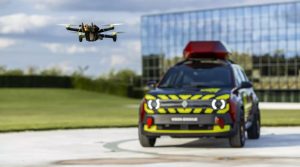

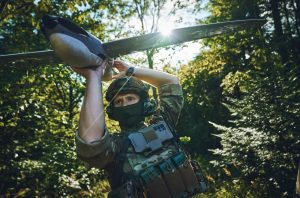




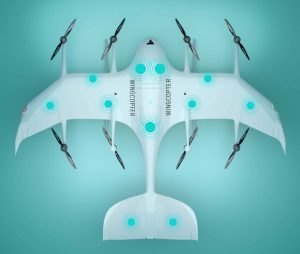

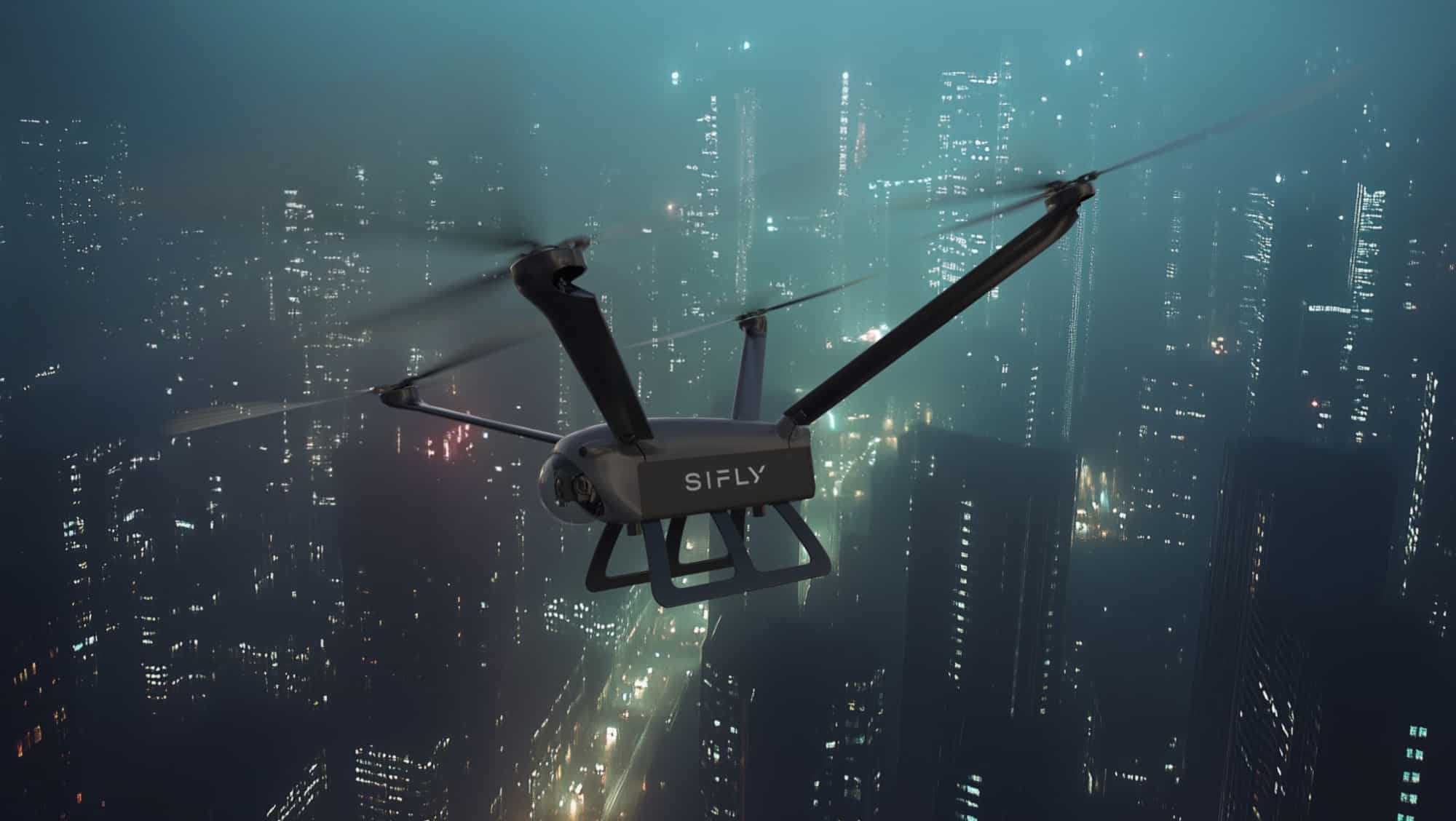
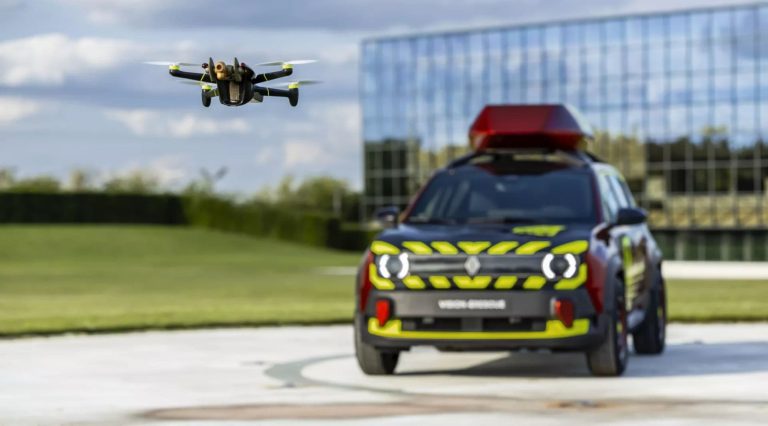



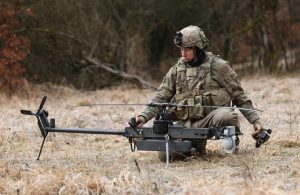
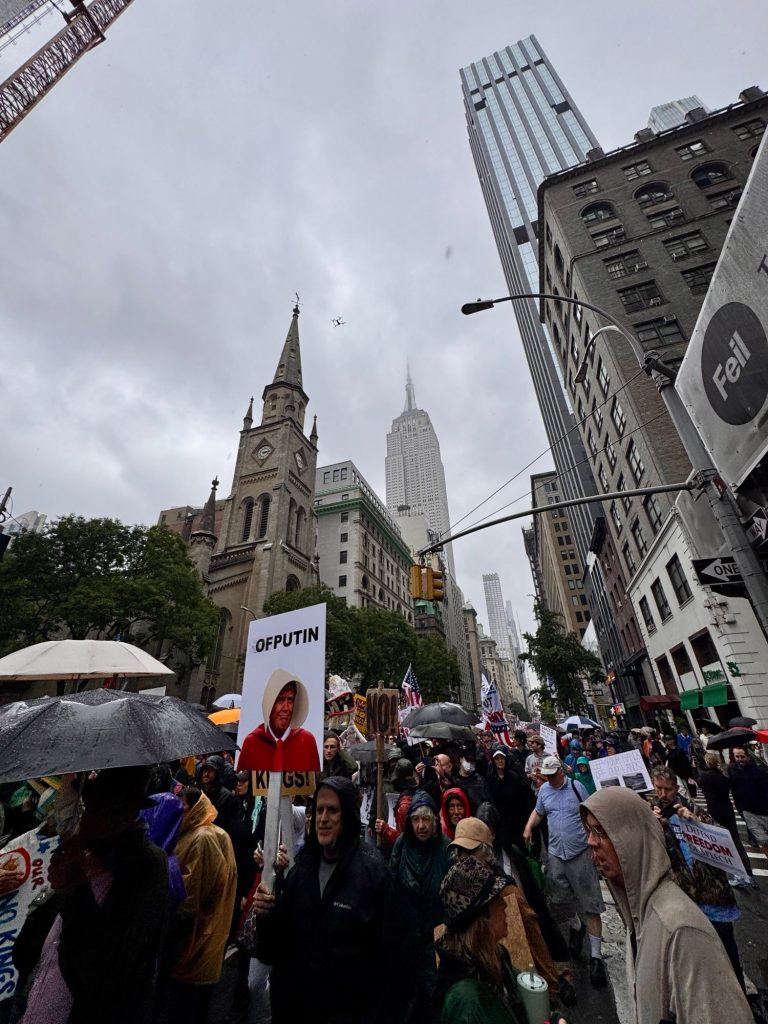
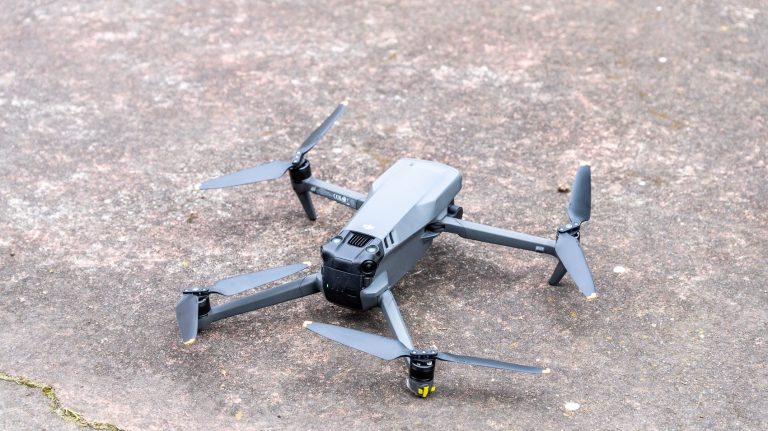


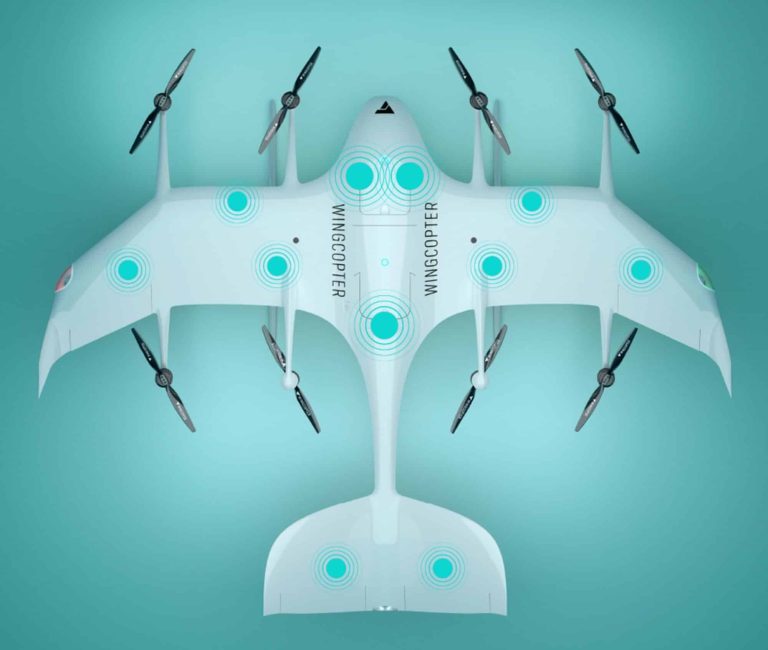
+ There are no comments
Add yours